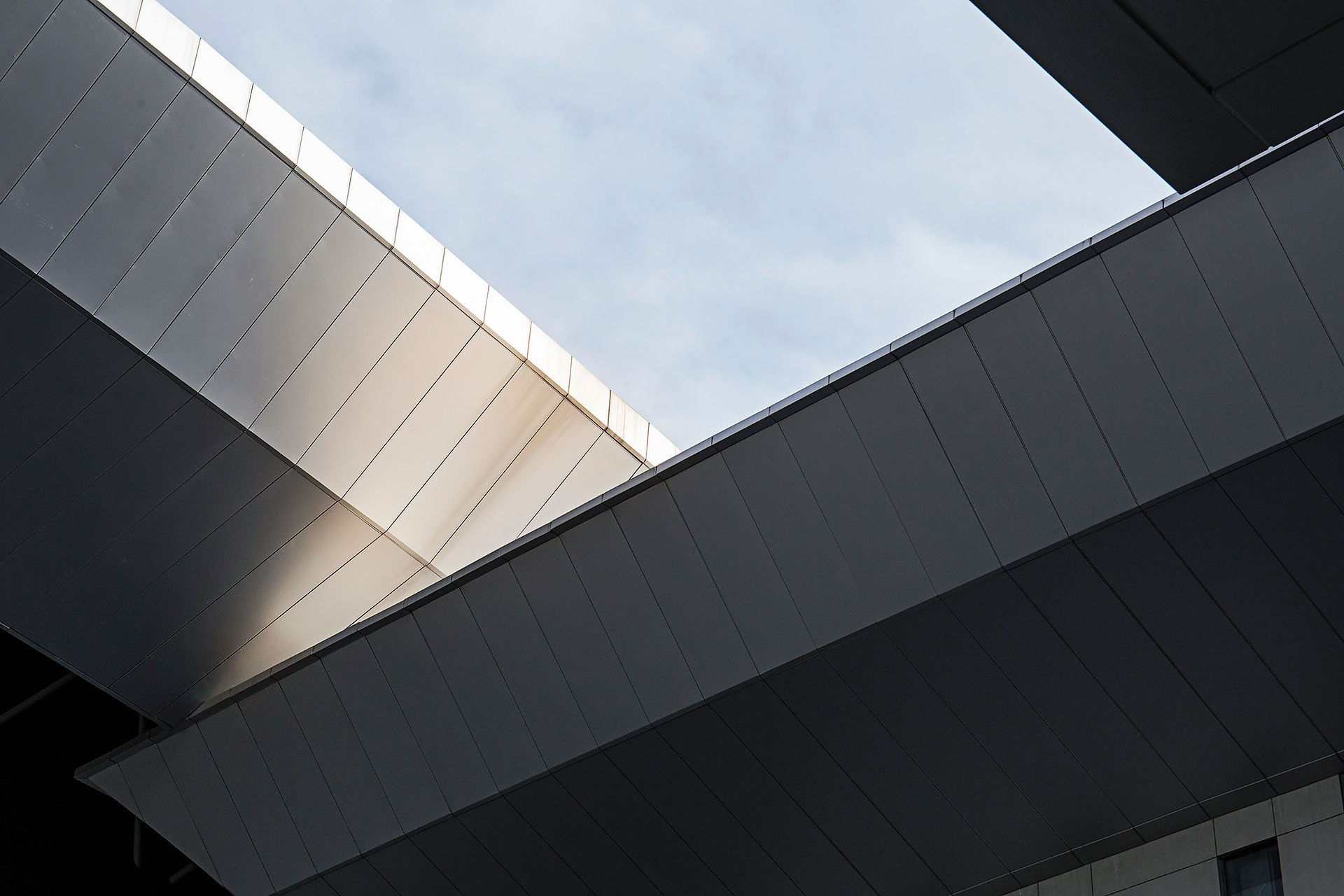Aluminum Versus uPVC Windows: What To Choose?
- RD Construction
- Mar 30, 2022
- 3 min read
The two most popular materials used in window manufacturing are uPVC and aluminum. Let's discuss how they differ and which one is better for new replacement windows.

The very first question asked by a window shopper is what material to choose. With hundreds of manufacturers and suppliers, the Canadian window replacement market is quite crowded. Each supplier artfully finds reasons why their product is the best fit for a client, without trying to understand what a smart solution for every specific client's case could be.
The two most popular materials used in window manufacturing are uPVC and aluminum. So, let's figure out how they differ and which one is better for new replacement windows.
UPVC WINDOWS
Advantages
1. Ecologically clean. The history of polyvinyl chloride starts in the middle of the 19th century, but it was only in the 1960s that it starts to be used in window manufacturing by window manufacturing giant Rehau. Since then, the company has invested a lot in the upgrade of the material to make it safe and ecologically clean, and, today, uPVC is the number one choice for new and replacement windows.
2. Leak- and air-proof. Right uPVC windows provide excellent thermal and sound insulation due to their multi-chamber structure and unique design of sealing gaskets. Additional energy efficiency can be achieved by opting for three and more panes of glass in the insulating glass unit.
3. Easy maintenance. UPVC windows are the easiest ones to maintain and clean. There is no need to paint such windows. Good-quality windows do not fade, and their lamination will last for decades.
4. Fireproof. UPVC windows do not burn as only fireproof components are used in the manufacturing of good-quality uPVC profiles. The airtightness of a uPVC window does not allow any outside air in, thus, preventing the spread of fire.
5. Comparatively low cost. A uPVC window is less expensive than an aluminum one. However, its price can vary depending on the quality of its uPVC profile, the type of glass, lamination, number of glass panes, design, and other variables.
Disadvantages
1. Have size limitations. A metal reinforcement inside a standard uPVC profile explains its durability. However, it's not enough in case of big wall openings and high-rise buildings where only aluminum profiles must be used.
2. Comparatively short lifetime. A good-quality uPVC profile is the most durable part of a window, and its average lifetime is 40-45 years. Even though it may seem a lot, but aluminum profiles can last for as minimum as 60 years.
3. Not safe when burns. As we've mentioned, uPVC is an ecologically clean material and does not burn. However, during combustion, it emits gases that are toxic to human health.
ALUMINUM WINDOWS
Not, that we've seen the advantages and disadvantages of uPVC windows, let's see what aluminum has to offer.
Advantages
1. Almost endless lifetime. Many window manufacturers give a lifetime warranty on aluminum windows, and this is not without reason. Aluminum profiles easily last for 70-80 years without rusting or changing color.
2. Health-friendly. Aluminum is a 100% natural material. No dangerous or toxic gases are emitted neither during manufacturing nor during usage.
3. Easy maintenance. Aluminum windows are easy and safe to clean and do not require additional painting.
4. Maximal fire resistance. Aluminum does not burn at all and, therefore, doesn't emit any toxic gases during combustion.
Disadvantages
1. Poor thermal insulation. Aluminum is a good conductor of heat and cold. Therefore, thermal and sound insulation of a regular aluminum window is generally worse than that of a uPVC window. It is possible to find superior quality aluminum profiles with insulating characteristics similar to those of good uPVC profiles, but they are in a high-end price range.
2. High price. While cold aluminum profiles, typically used in interior partitions or unheated premises, are less than that of a uPVC profile, warm aluminum is at least 1.5 times more expensive.
UPGRADE YOUR WINDOWS
Now, as we've seen the pros and cons of both materials, we can conclude that the right choice always depends on your budget and personal preferences. What is clear, though, is that you can pay some extra to get excellent uPVC windows that will last you for 45 years if the size of the wall opening allows. Meanwhile, a flawless aluminum window will cost much more, but there is no doubt that it will be worth the price.




Comments